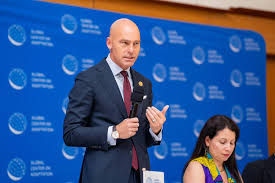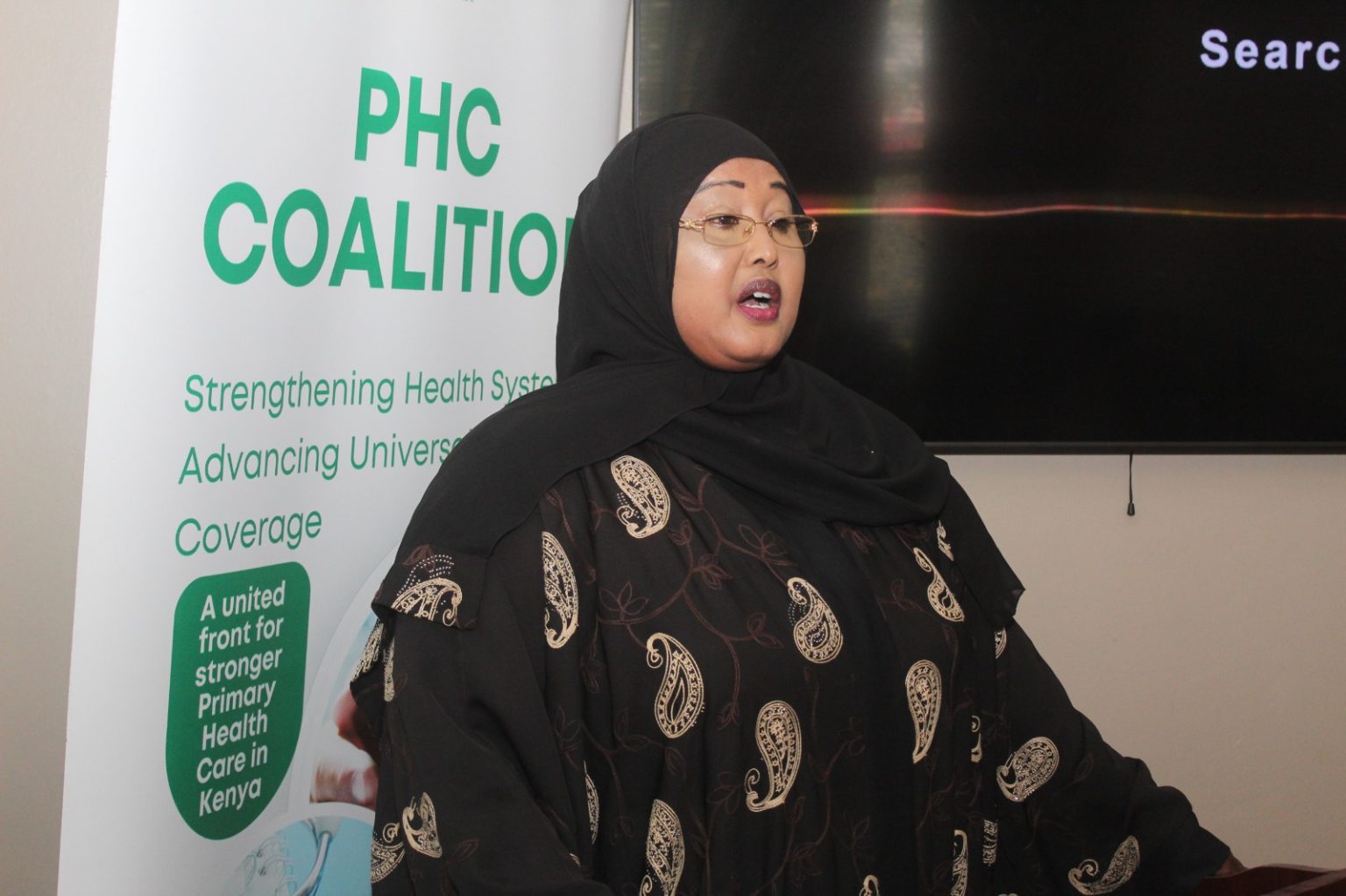By Lenah Bosibori
Each time Fatuma Mohammed, a Community Health Promoter in Kamukunji, walks through the narrow alleys and busy streets of Eastleigh, she knows her work depends not only on her health knowledge but also on the trust people have in her.
“If I dress in a way that the community does not respect, even before I knock, the door will not be opened,” she says. For a Muslim-majority neighborhood, blending in matters as much as carrying a referral note.
Mohammed is one of Kenya’s newly designated Community Health Promoters (CHPs), previously known as Community Health Volunteers (CHVs). For years, she and her colleagues worked without pay, driven only by passion. Now, after a 2023 presidential directive, CHPs are supposed to receive stipends and formal recognition. But the reality on the ground remains complicated.
“Sometimes you visit a Tuberculosis (TB) patient without even a mask or gloves,” Mohammed recalls. “Other times, I pay a patient’s bus fare out of my own pocket. At the end of the day, what matters is that the client gets care.”
Her role stretches across maternal health, vaccinations, referrals, and health education. She knocks on hundreds of doors each month, checking if pregnant women have started antenatal care, whispering comfort to shy mothers, or teaching families about hygiene and nutrition in crowded clinics.
But the work is not without danger. Once, while helping a young woman report a case of gender-based violence, Mohammed received threats from the perpetrator. “He told me he would kill me. But I did not stop. You must have passion for this work, otherwise you cannot survive it,” she says.
The government hopes that CHPs will form the backbone of preventive healthcare, easing pressure on overcrowded hospitals. Yet systemic challenges persist: inconsistent stipends, lack of protective equipment, language barriers, and stigma in some communities.
Despite it all, Mohammed remains hopeful. During a polio campaign in South C, she persuaded an imam to preach about vaccines during Friday prayers. Uptake rose to 98%, surpassing national targets. “When we use our own community leaders, people listen. That is how we save lives,” she says.
At the end of long days, often filled with exhaustion, she still feels fulfilled. “At night, when I sleep, I am happy because I know I helped someone today. That is what keeps me going.”
CHPs at the Heart of Primary Healthcare in Nairobi
Mohammed’s story reflects the experiences of thousands of CHPs across Nairobi, who serve as the first point of contact between households and Kenya’s health system, especially in informal settlements where access to hospitals is limited.
According to Jane Matheri, a health assistant in Embakasi North, CHPs are carefully selected by the very communities they serve. “You have to come from that community. People know your character, and you must be trusted before you are allowed to take on this role,” she explains. Chiefs and local leaders participate in the vetting before volunteers are trained using structured health modules.
Once deployed, CHPs visit households to identify health problems, refer patients to nearby facilities, and provide education on issues such as maternal health, nutrition, tuberculosis, HIV, and non-communicable diseases. Each CHP is linked to a health facility and reports through a chain that includes Community Health Assistants and county-level health promotion officers.
Still, coverage remains a challenge. “In Nairobi, not all households are reached. Informal settlements are easier to access than gated communities, where promoters often face barriers at the gates,” Matheri notes.
Despite limited numbers, CHPs continue to bridge health gaps through barazas, dialogue days, and health campaigns. County officials stress the need for stronger media collaboration to highlight their work. “Primary healthcare is already taking root. Much is happening on the ground, but the stories are rarely told,” Matheri adds.
Kenya Prioritizes Primary Health Care as Pathway to Universal Coverage
The Ministry of Health has reaffirmed its commitment to strengthening primary healthcare (PHC) as the foundation for achieving Universal Health Coverage (UHC). Speaking at a recent media forum, officials emphasized that PHC is not only about treating illness but also about promoting health, preventing disease, and ensuring access across all stages of life.
“Kenya has established 250 Primary Care Networks (PCNs) out of an expected 300, linking community health units with dispensaries, clinics, and referral facilities,” said Dr. Silas Agutu, Technical Advisor for Primary Health Care at the Ministry of Health. “The government has also trained more than 107,000 CHPs to screen, refer, and support patients at the grassroots.”
To address financing challenges, Dr. Agutu noted that the government has enacted laws establishing primary healthcare and social health insurance funds, while strengthening the Facility Improvement Financing model to ensure sustainability. Efforts are also underway to digitize health services, improve supply chains, and build resilience to withstand future shocks such as pandemics.
“Together, we can ensure that every Kenyan—regardless of income or location—has access to affordable and dignified care,” he said.
Ruth Kamar, from the Division of Primary Healthcare, Nutrition, and Health Education at the Ministry of Health, emphasized the need for stronger collaboration between CHPs and facility health workers. “By the time we get to the health facility, we are able to understand what is happening at the community level and, at the same time, address issues at the health centre,” she explained.




